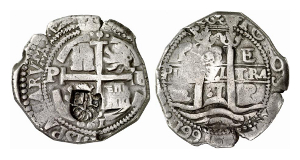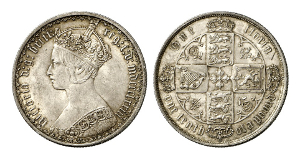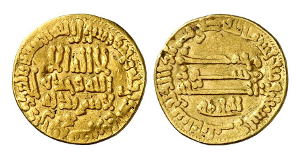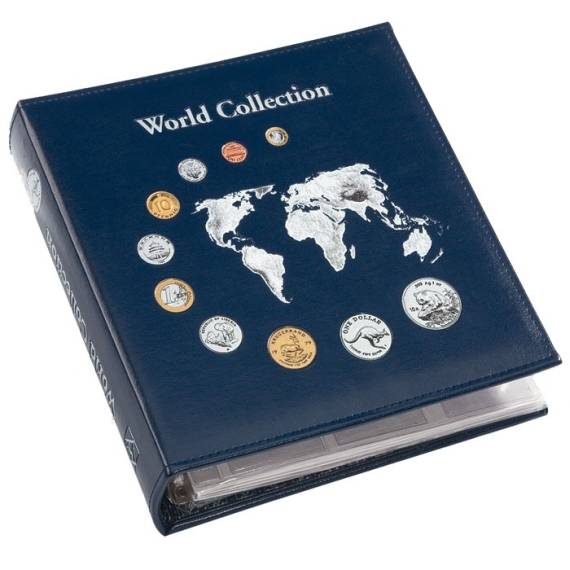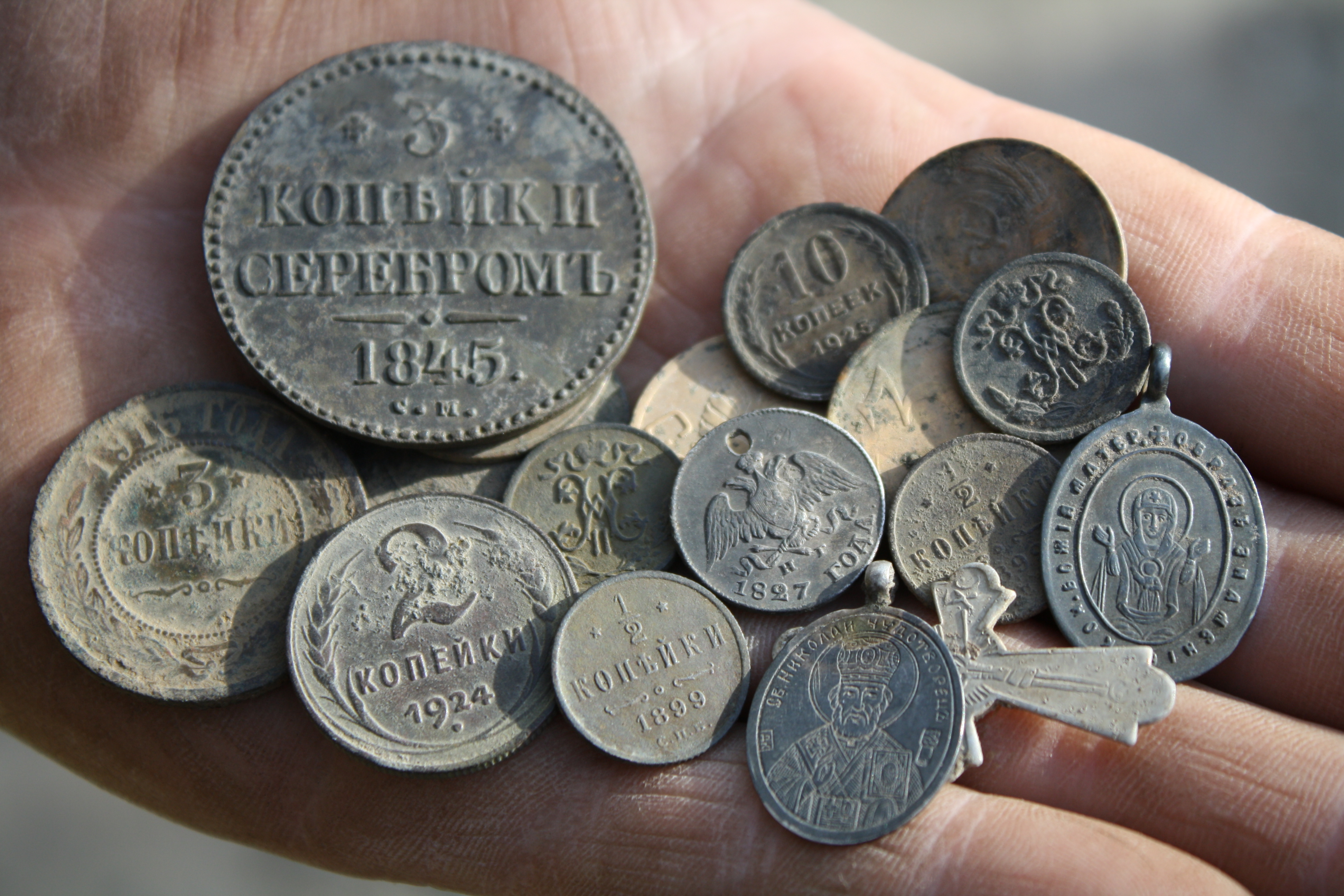will prompt
Treasure Hunt in Ukraine
 Findings of treasure hunters of Ukraine fascinate with their wealth and antiquity: here are Scythian gold, royal coins, church utensils, ancient icons, various artifacts and decorations. Perhaps you also want to personally touch the bygone era, to replenish the collection of the local history museum in your city or to realize a childhood dream and find treasures?
Findings of treasure hunters of Ukraine fascinate with their wealth and antiquity: here are Scythian gold, royal coins, church utensils, ancient icons, various artifacts and decorations. Perhaps you also want to personally touch the bygone era, to replenish the collection of the local history museum in your city or to realize a childhood dream and find treasures?
How to find hidden treasure
What do you say – treasures are only in fairy tales or fantasies? Or do they need to go to an abandoned island, using an ancient pirate map? Continue reading
Banknotes and paper money (VIII-XX century)
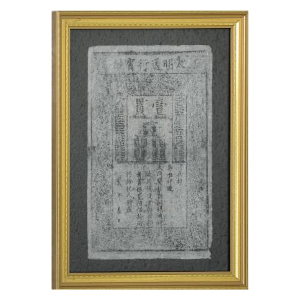 The history of paper money is just as exciting and varied as the history of metallic money. At the beginning of the history of paper money, there were two forms of banknotes – a receipt and a promissory note.
The history of paper money is just as exciting and varied as the history of metallic money. At the beginning of the history of paper money, there were two forms of banknotes – a receipt and a promissory note.
The receipt was issued as a certificate that a specific amount of metallic money is in the banker’s custody. Over time, the receipt has become possible to transfer to another person. Later, the receipt acquired the form of a banknote, which documented the client’s right to receive the amount in the form of coins indicated on the banknote at any time. Over time, the debt receipt turned into public money, which, as a rule, could not be received in the form of coins, but which had to be accepted for payment by all public funds. In addition, there are still temporary paper money issued to compensate for the shortage of coins. Continue reading
The Great Migration of Nations (4th-6th centuries AD)
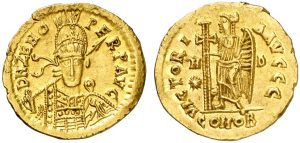 The prevailing idea that the hordes of barbarian peoples invaded the borders of the Roman Empire and thus caused its fall is outdated and no longer corresponds to the findings of modern historical science. First, a large number of Germans were in the (military) service of the Roman Empire even before the so-called. the migration of peoples, and, secondly, it is not a question of homogeneous ethnic tribes, but rather of mixed alliances concluded for specific purposes. These alliances and opposed the troops of the late ancient states. Continue reading
The prevailing idea that the hordes of barbarian peoples invaded the borders of the Roman Empire and thus caused its fall is outdated and no longer corresponds to the findings of modern historical science. First, a large number of Germans were in the (military) service of the Roman Empire even before the so-called. the migration of peoples, and, secondly, it is not a question of homogeneous ethnic tribes, but rather of mixed alliances concluded for specific purposes. These alliances and opposed the troops of the late ancient states. Continue reading

